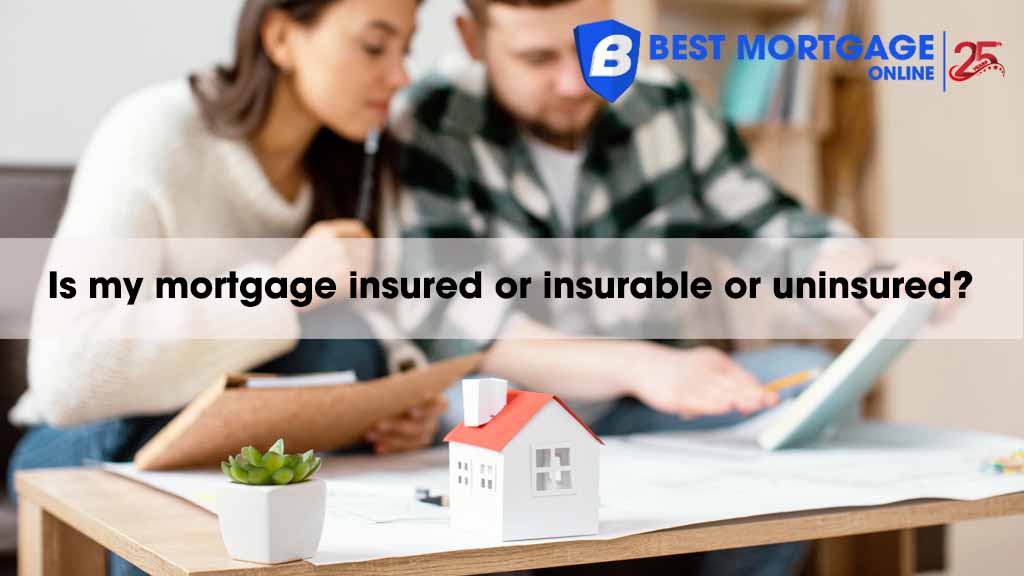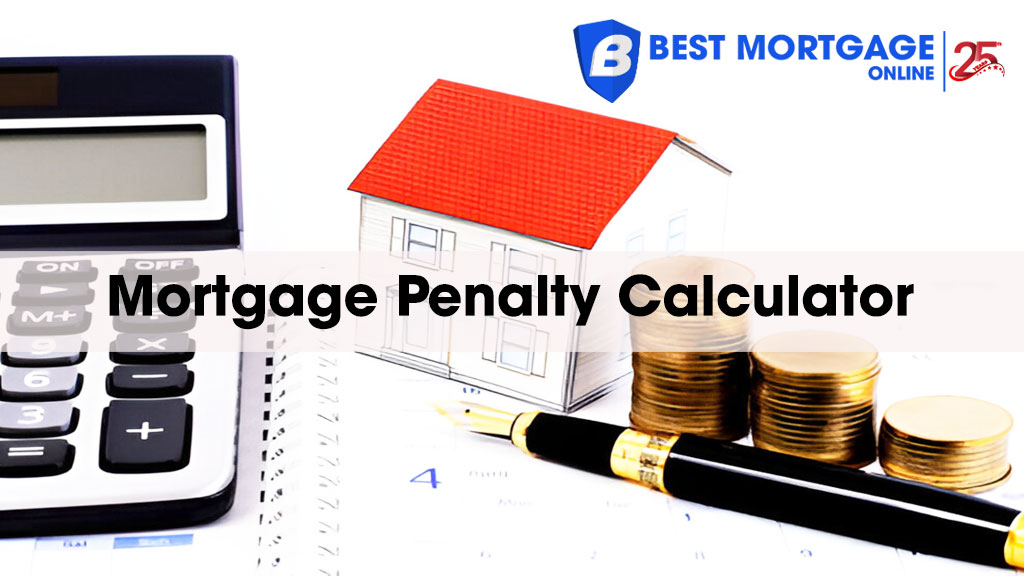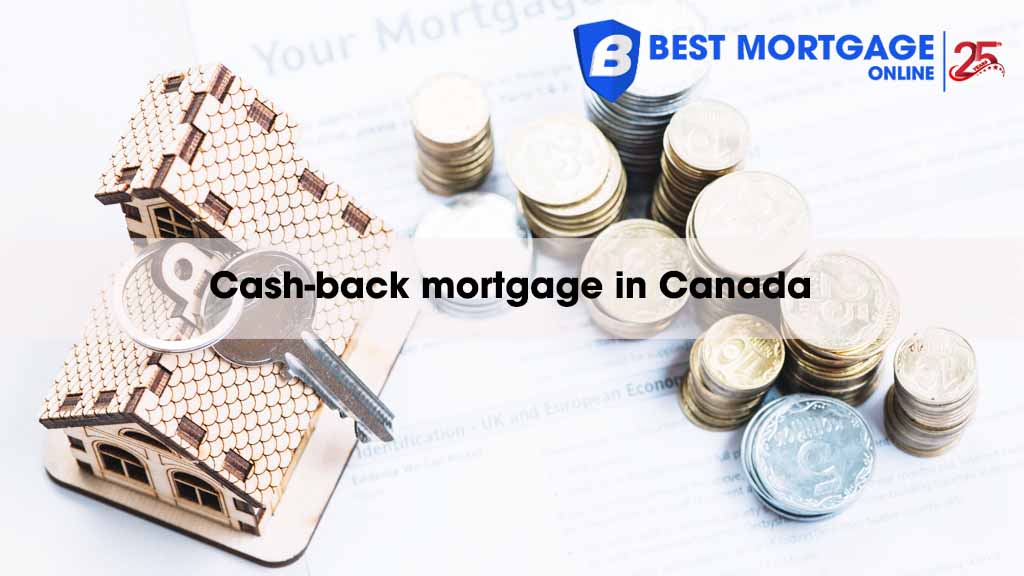Whether you are a first-time buyer with limited savings or an investor eyeing rental properties, understanding insured vs uninsured mortgage options will help you make confident financial decisions. Choosing the right category can save thousands over the life of your loan.
What is an uninsured mortgage in Canada?
An uninsured mortgage requires you to pay at least 20% of the home’s purchase price upfront, but does not require mortgage default insurance because you have substantial equity in the property from day one. Besides the down payment requirement, uninsured mortgages also require 3 features to qualify:
- Homes valued over $1.5 million
- Can be used for rental or investment properties, vacation homes, and second homes
- The amortization period is longer than 30 years
- The down payment is at least 20% of the home price.
What are the benefits of uninsured mortgages?
There are five key advantages when choosing an uninsured mortgage:
- No mortgage default insurance premiums: You avoid paying thousands in insurance costs, keeping more money in your pocket at closing.
- Longer amortization period available: You can reduce monthly payments and improve cash flow.
- Investment property options: You can generate income or build long-term wealth.
- No property price limits: You can purchase luxury homes or properties in expensive markets without restriction.
- More refinancing flexibility: You can access your home equity through refinancing without insurance limitations.
So, an uninsured mortgage offers more flexibility. However, it is subject to stricter qualification requirements and comes with higher interest rates. This loan also carries more risk for lenders.
What is an insured mortgage?
An insured mortgage allows you to buy a home with less than a 20% down payment by requiring mortgage default insurance. This insurance protects your lender if you can not make payments. Additional criteria to qualify for an insured mortgage are:
- The price is less than $1.5 million
- The property must be owner-occupied
- Have a maximum amortization period of 25 years or less (30 years if you are a first-time home buyer)
- The down payment is 5% for the first $500,000 of the purchase price, or 10% for the home price from $500,000 to $1.5 million, or 20% for the home price more than $1.5 million.
According to CIBC, the mortgage default insurance premium ranges from 0.6% to 4.5% of your mortgage amount, depending on your down payment size. Most buyers add this cost to their mortgage rather than paying upfront.
What are the benefits of insured mortgages?
This type of mortgage opens doors for buyers who have not saved a large down payment. The 3 main advantages include:
- Lower interest rates: Because insurance protects lenders from losses, they offer better rates than uninsured mortgages.
- Smaller down payment required: You can buy with just 5% down on homes under $500,000, making homeownership accessible sooner rather than waiting years to save 20%.
- Consistent qualification standards: All insured mortgages follow the same rules, making the process predictable and fair across different lenders.
For instance, a young couple in Toronto with a combined income of $90,000 might struggle to save 20% for a $600,000 condo. An insured mortgage enables them to enter the market with a 10% down payment and secure a lower interest rate, saving thousands over time.
The difference between insured vs uninsured mortgages
The primary distinction when distinguishing whether it is an insured or uninsured mortgage lies in the down payment and insurance requirements. They impact both your upfront costs and long-term financial planning.
Below is a table to clarify insured vs uninsured mortgage:
| Feature | Insured Mortgage | Uninsured Mortgage |
| Down Payment | Less than 20% | At least 20% |
| Property Value Limit | Less than $1.5 purchase price million | At least $1.5 purchase price million |
| Insurance Premium | Mandatory, paid by the borrower | Optional, not required |
| Interest Rate | Lower | Higher |
| Eligibility | High-ratio borrowers, first-time buyers, and modest incomes | Strong financial profiles, larger down payments, or high-value homes |
Is an insured or uninsured mortgage right for you?
Choosing between an insured and uninsured mortgage depends on your financial situation and long-term goals. Remember that your decision impacts both immediate affordability and long-term wealth building.
By understanding this guide from BestMO, you can select the loan that aligns with your budget and homeownership aspirations. Consider meeting with a mortgage broker to run specific scenarios tailored to your situation.

What is an insurable mortgage?
An insurable mortgage sits between insured and uninsured options. You pay 20% or more down payment, but your mortgage still qualifies for mortgage default insurance. This unique category exists because lenders can choose to insure these low-risk mortgages behind the scenes. Requirements for insurable mortgages include:
- Purchase price under $1.5 million
- Minimum 20% down payment
- Maximum 25-year amortization period
- Owner-occupied property
When lenders insure these mortgages through portfolio insurance, insurable mortgages reduce their risk and can offer better rates than standard uninsured mortgages. Moreover, their rate is as low as insured mortgage rates.
What are the benefits of insurable mortgages?
This option combines the advantages of both insured and uninsured options:
- Lower rates than uninsured loans: While not matching insured mortgage rates, insurable mortgages are better than uninsured options.
- No premium costs for borrowers: Lenders cover insurance costs for insurable mortgages if they choose to insure them.
- Significant down payment benefits: Your 20% equity provides negotiating power and demonstrates financial stability to lenders.
- Potential for lender flexibility: Some lenders offer special programs or rates for insurable mortgages, recognizing their lower risk profile.
Insurable mortgages may secure better rates than fully uninsured mortgages because the lender still insures the loan.
Insured, insurable, and uninsured mortgages: What’s the difference?
Their differences lie in who pays for insurance and when it is required. This table is provided side by side to clarify the differences between them.
| Feature | Uninsured Mortgage | Insured Mortgage | Insurable Mortgage |
| Down Payment | 20% or more | Less than 20% | 20% or more |
| Property Value Limit | $1,500,000 or more | Up to $1,500,000 | Up to $1,500,000 |
| Insurance Premium | Paid by lender (optional, and not charged to the borrower) | Paid by borrower (premium is added to the mortgage) | Paid by lender (optional, and not charged to the borrower) |
| Amortization Period | 30 years or more | 25 years or less (30 years for first-time buyers) | 25 years or less |
This distinction is crucial when shopping for mortgage rates. If your mortgage qualifies as insurable, you may still benefit from reduced rates without the direct cost of insurance.
How insured, uninsured, and insurable mortgages affect borrowers
Each mortgage type impacts borrowers differently in terms of costs, rates, and eligibility.
Monthly costs impact
An insured mortgage helps reduce monthly payments and overall borrowing costs as it offers the lowest interest rates. However, these savings come with the cost of mortgage default insurance premiums.
With insurable mortgages, since there is no direct mortgage insurance cost, and the rates remain competitive, many financially stable buyers prefer this option.
In contrast, uninsured mortgages do not involve any insurance premiums, but the interest rates are usually higher. That means higher monthly payments and a greater overall cost.
Qualification impact
Insured and insurable mortgages are subject to Canada’s mortgage stress test, which ensures you can afford your payments even if rates rise. Uninsured mortgages, on the other hand, are harder to qualify for.
Refinancing options impact
Insured mortgages can often be more easily transferred between lenders because they are backed by insurance and considered less risky.
Insurable mortgages may not always be portable. If you change lenders, your mortgage might no longer be considered insurable, which could affect the new interest rate offered.
Uninsured mortgages offer the least flexibility when switching lenders. You may face new qualification requirements or higher rates when renewing your policy.
FAQs about insured vs uninsured mortgage
Why are insured mortgage rates lower than uninsured mortgage rates?
Because lenders bear no risk of loss in default, insured mortgages let them offer lower rates. The presence of insurance also makes these loans more attractive on the secondary mortgage market.
What is the minimum down payment for an insured mortgage?
It depends on your home’s purchase price. The down payment is 5% for homes up to $500,000; 5% on the first $500,000, plus 10% on the remaining amount for homes $500,000 to $1,499,999. Homes over $1 million cannot be insured.
How do I know if my mortgage is insured?
The most direct way to find out if your mortgage is insured is to review your original mortgage agreement or closing documents. You can also confirm this by contacting your lender or mortgage broker directly, or by reviewing your mortgage statements or online account for any insurance premiums noted.




